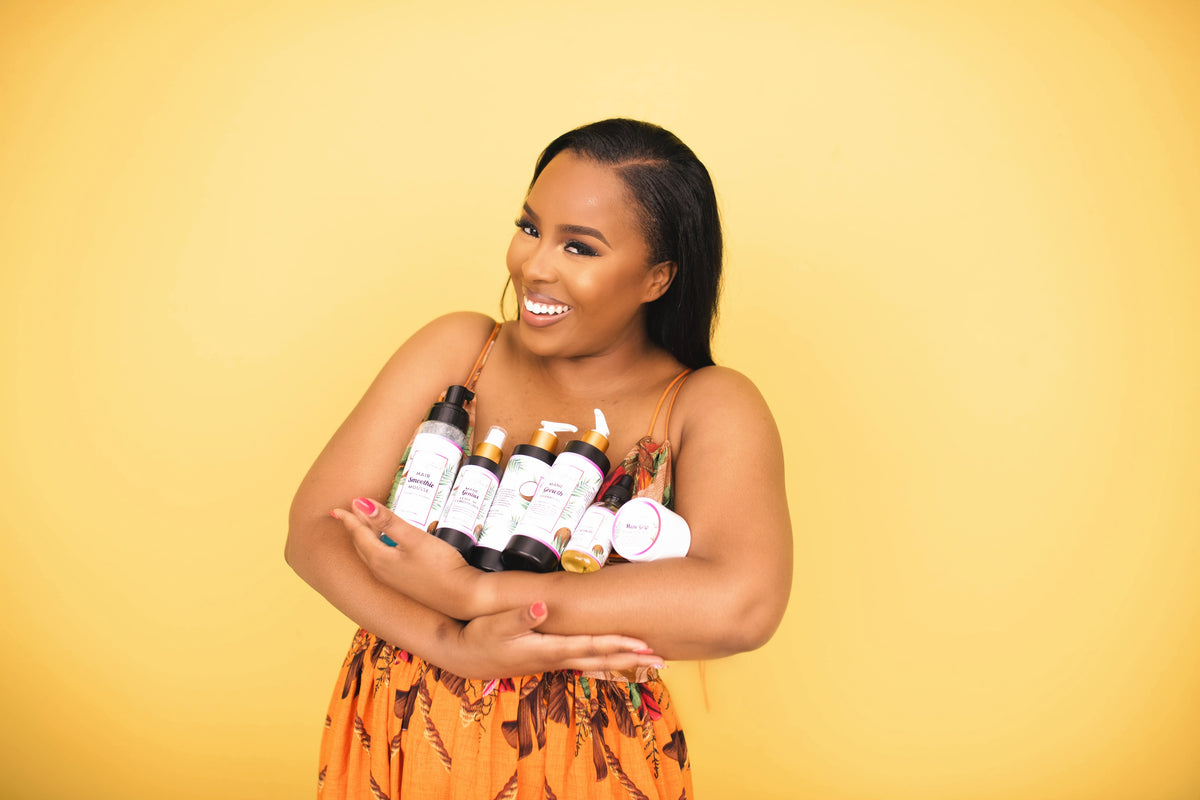
Do you have dry hair even when you try to moisturize it?
Do you feel as though your hair simply will not retain moisture?
If you said yes to both this article is just for you.
To get your hair healthy and balance the first start is knowing your hair porosity level.
I will be sharing with you the vital information in understanding your hair porosity.
WHAT IS HAIR POROSITY AND THE DIFFERENT LEVELS
Hair porosity is your hair's ability's to maintain moisture. The three levels of hair porosity is Low, medium, and high.

LOW POROSITY HAIR
Low Porosity hair cuticles are tightly shut which makes it difficult for moisture to be easily absorbed. Do you find products you apply to your hair aren’t easily absorbed and usually just sit on your hair? You may have low porosity hair.
If your hair appears to be moisturized but feels dry, that’s an indication that your hair may have a low porosity level and that your hair’s cuticles are tightly shut which makes it difficult for moisture to be easily absorbed.
Low porosity hair requires moisturizers rich in emollients such as shea butter, jojoba oil, and coconut oil. It also benefits from humectant products, which attract and hold moisture to your hair.
MEDIUM POROSITY HAIR
Hair with medium porosity cuticle layer is looser, allowing just the right amount of moisture to enter while preventing too much from escaping. Hair with normal porosity tends to hold styles well, and can endure chemical processing with predictable results. We do not advise these processes monthly because it can damage your hair and increase its porosity.
Occasional deep conditioning treatments with protein conditioners can benefit medium porosity hair, but proteins should not be included in your daily regimen.
HIGH POROSITY HAIR
Hair porosity hair can be caused by chemical processing, hair install with poor maintenance, or environmental damage.
High porosity hair has gaps in the cuticle due to damage, which allow too much moisture into your hair and make it more likely to become frizzy and tangled in warm climates.
HAIR POROSITY TEST
I suggest two simply tests.
It is important to note that these tests are not 100% accurate but are a good way to start:
- The Strand Test: To do this, run your thumb and index finger along a strand of hair. If it feels smooth against your fingers, your hair may likely have a low porosity level. Also, if it feels rough and bumpy, then your hair may be highly porous.
- The Cup Test: To do this, fill up a cup of room temperature water. Preferably have a glass cup where you can see through the cup. Take a few shed hair strands that are already on your brush or comb. Drop a few hair strands into the cup and wait for about 2-4 minutes. If your hair sinks immediately you have high porosity hair. If your hair doesn’t sink at all you have low porosity hair.

HAIR TIPS
Low Porosity Hair Tips:
If you have low porosity, there are a few things you can do about it. Use a steamer or your own body heat by using a plastic cap when your conditioning or using moisturizers will help open up the closed cuticle layer. This will allow moisture to seep into the strand. Avoid moisture sapping products, including alcohol based gels, hairspray and mousse. Use our Genius Leave in Conditioner which is an water based, liquid leave in conditioner that will moisturize without heaviness.
Medium Porosity Hair Tips:
If your hair falls into this category, then there’s something you can do about it.
Occasional deep conditioning treatments with protein conditioners such as our Hydration Conditioner can benefit medium porosity hair, but proteins should not be included in your daily regimen.
High Porosity Hair Tips:
For this category of hair, using leave-in conditioners is going to be helpful since they tend to lose moisture.
Layering your hair with moisturizers (butter, lotions, etc.) and sealers (oils) can help lock in the moisture that you add-in.
Try using the Hair Growth System for an entire hair care system to support healthy porosity to moisturizes and nourishes hair to support healthier hair growth.
You will also want to use anti-humectants if you live in a climate with high heat and humidity levels.
This will help seal your damaged cuticles and prevent them from absorbing excess moisture in the air.





0 comments